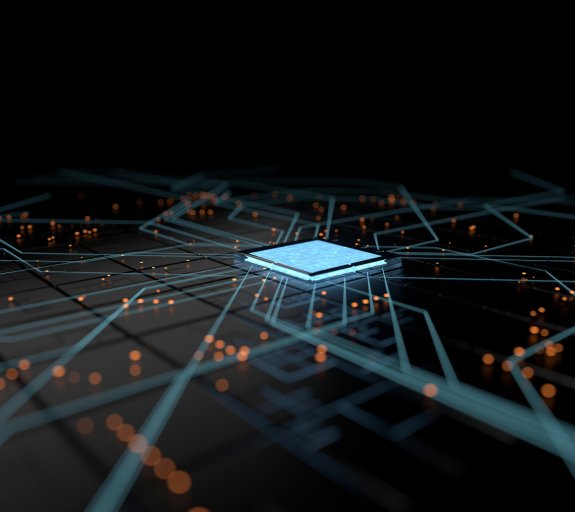
The evolution and future of humanoid robot technology
KEY POINTS
Physical artificial intelligence (AI) is no longer a concept relegated to research labs and science fiction. It is an emerging industry axis where machines sense, learn and act in the physical world, and on the top of that shift sit humanoid robots. Their promise—humanlike interaction, flexible task execution and presence in everyday settings—captures imaginations. Their commercial reality, however, is likely to evolve more slowly and methodically than the headlines suggest. The investible universe today is therefore not a single “robot winner,” but the broader technology stack and supply chain that will enable widespread robot deployment across industries and creating real investible opportunities.
Large technology firms and chipmakers, such as NVIDIA, have projected Physical AI as a multi hundred-billion-dollar opportunity, and renewed investor attention on humanoid related robots.1 Progress in perception models, motion control and integrated AI platforms is lowering the technological barriers that previously held humanoids few years ago. Some large companies are beginning to develop and trial humanoid systems for their own internal use—logistics, factory assistance and controlled service environments—giving them captive demand where they can see what works, what needs improving, and evolve product offerings as a result.
- {https://www.nasdaq.com/articles/robotics-physical-ai-here-and-its-coming-50-trillion-market;Robotics-Physical AI Is Here and It’s Coming for a $50 Trillion Market}
Public demonstrations of humanoids have energised the market while also exposing hard truths. Some early demos relied on remote control or heavily constrained environments, revealing that full autonomy remains a technical and regulatory challenge. Even optimistic manufacturers producing a few thousand units annually would still supply only a sliver of potential demand. Commercial scale will require improvements in reliability, cost reduction, standardized components and supportive ecosystems for software, safety and service.
Humanoids could create clear value where a human-like form factor matters. This is principally robots working in environments that have been designed for human capabilities – i.e. a human form factor therefore optimally suited to operate here. For example, in warehouses, where humanoid robots are being trialled alongside humans – the humanoids are supplementing humans in some of the simpler, more repetitive actions.
In parallel, many high-volume robotic applications will continue to use specialised platforms—autonomous guided vehicles, robotic arms, co-bots —as those forms remain cheaper and more efficient for narrow tasks. The practical route to widespread humanoid adoption is therefore gradual and heterogeneous: specialised use cases first, broader capabilities later. We believe that the most immediate and durable investment opportunities lie in the technologies that enable humanoids rather than in any single robot maker. Vision systems that provide robust perception and navigation, analogue and power semiconductors that drive actuators and sensors, precision motion control and actuators that mimic smooth human movement, and AI software layers that coordinate perception, planning and safety—these are the components that scale across robot types and end markets. Investing in suppliers of these components could capture broader growth across industrial automation, logistics, healthcare robotics and consumer service robots while mitigating the binary risk of single-product consumer bets.
Layers that could see recurring revenue as robots proliferate include machine vision leaders, analogue and power semiconductor makers, motion control specialists, platform and connectivity providers. These companies could benefit across multiple end markets, reducing single-product risk while maintaining leverage to Physical AI’s long runway. Large technology companies developing humanoids for internal operations also present meaningful upside potential, because internal deployment accelerates real-world validation and shortens the path to commercial use cases. Humanoid robots are likely to remain the face of Physical AI for a while, but we believe that today many of the investment opportunities are with the companies that build the backbone—chips, vision systems and platform software—that make robots reliable, safe and scalable.
Our Robotech strategy aims to capture that backbone growth across healthcare, industrial automation, logistics and service robotics, combining exposure to innovators and leaders that are already converting R&D into repeatable revenue.
Risk Warning
The value of investments, and the income from them, can fall as well as rise and investors may not get back the amount originally invested.


